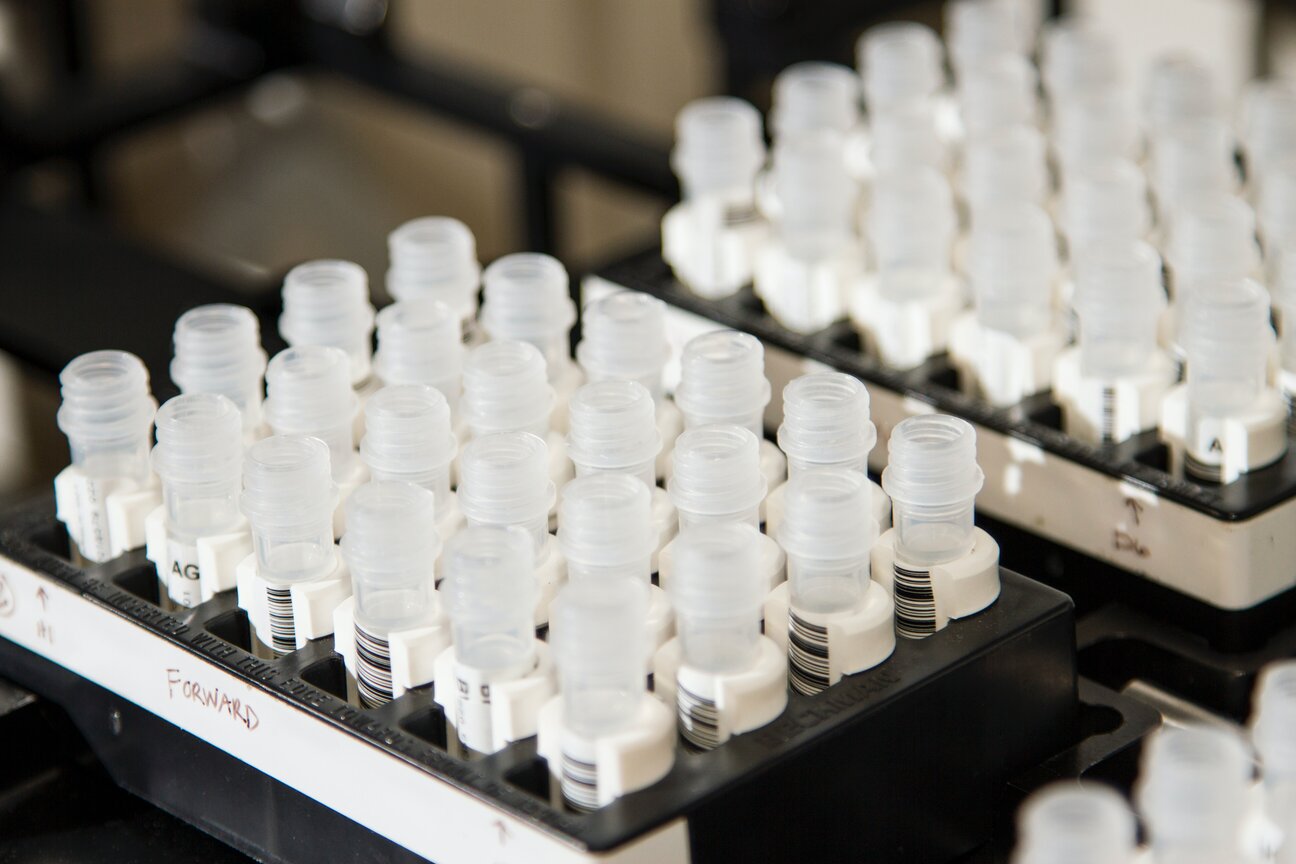The end is finally in sight.
Promising news about potential COVID-19 vaccines has trickled out over the last few weeks, the UK on Wednesday started vaccinating its front line workers and hopes for a COVID-free future are coming into focus.
But will there be enough doses to go around?
That was the concern raised by a recent article in The New York Times. Authored by a medical researcher and two economists, the piece focused on the potential for IP-related exemptions in the U.S. and abroad as a way to ensure that every person on Earth could access these lifesaving treatments.
“As some reports would have it, this is the beginning of the end. Three coronavirus vaccines have posted excellent results, with more expected to come.
But this is not the beginning of the end; it is only the beginning of an endless wait: There aren’t enough vaccines to go around in the richest countries on earth, let alone the poorest ones.
That’s why it makes little sense that the United States, Britain and the European Union, among others, are blocking a proposal at the World Trade Organization that would allow them, and the rest of the world, to get more of the vaccines and treatments we all need.
The proposal, put forward by India and South Africa in October, calls on the W.T.O. to exempt member countries from enforcing some patents, trade secrets or pharmaceutical monopolies under the organization’s agreement on trade-related intellectual property rights, known as TRIPs.
It cites the “exceptional circumstances” created by the pandemic and argues that intellectual property protections are currently “hindering or potentially hindering timely provisioning of affordable medical products”; the waiver would allow W.T.O. member countries to change their laws so that companies there could produce generic versions of any coronavirus vaccines and Covid-19 treatments.”
The bottom line here is that this would be a mistake. Undercutting patent protection on pharmaceutical breakthroughs would harm innovation, rather than promote it.
Drug development is expensive.
It takes massive amounts of time and capital to develop a single commercial drug from the tens of thousands of drug candidates, delivery mechanisms, distribution infrastructures, etc. that pharmaceutical companies work on every year.
On average, the odds of a new treatment making it to market are roughly 1 in 5,000. The FDA only approved 48 new drugs in 2019, and even that was up from its long-term average of around 25 annually.
[Patent Agent vs. Patent Attorney. What’s the Difference?]
This business model only makes sense because pharmaceutical companies are able to front the costs of drug development. They do this expecting a return in the future, once the drug is on the market, and hopefully under patent protection to guarantee a monopoly of 20 years from the patent application filing date.
If you take away the strength of patent protection, you take away the incentive for these pharma companies to pay these drug development costs in the first place, thus reducing innovation. (That’s not to mention the fact that drug developers typically don’t make much on vaccines anyway.)
Governments paid for a lot of this.
As the Times cites, when drug development is done with federal money, the U.S. government reserves “march-in rights” that grants it the power to take away patent rights from the patent owner. In fact, the scenario of a life-saving drug with its patents owned by a small company incapable of producing enough of the drug to save the human race is one of the reasons that we have such march-in rights clauses in the first place.
However, the U.S. government has been extremely reluctant to exercise these rights. It has happened exactly zero times in U.S. history, and each of the six march-in petitions that the National Institutes of Health has received over the years has been denied.
The upfront payments by various governments only sped up the amount of time the pharma companies need to recoup their upfront development costs. It also does not take into account the amount of extensive know-how, infrastructure, and expertise needed (all of which existed before COVID-19) to perform the unprecedented feat of developing a vaccine to address a virulent pandemic in such a short amount of time.
Patents expire and are assets to be used in business transactions.
Organizations like the Gates Foundation partner with companies to develop drugs and medical devices, requiring those companies to provide those drugs and medical devices to specific countries and populations at cost. That’s part of the charity model.
As illustrated in the examples listed in the Times article, in broad public health situations like COVID, companies can be pressured to provide licenses to entities that produce generic versions of blockbuster drugs. This puts these vaccines on a different level of standing than the traditional drugs that pharmaceutical companies develop.
In short, pharmaceutical companies aren’t worrying about IP in this case because their IP standing is less solid and potentially profitable than it usually would be.
The TRIPs proposal would strip away the incentive for pharma companies to take on the huge financial risk of developing drugs and vaccines. The whole point of Operation Warp Speed (and other similar programs such as the German program that funded the Pfizer-BioNTech vaccine) was to leverage the established expertise and infrastructure of existing pharma companies to develop, validate, and distribute life-saving vaccines in record time. If you take away the potential upside provided by IP protection, then you remove the business justifications for these companies to operate in such a high risk business.
That won’t help save anyone’s life.





